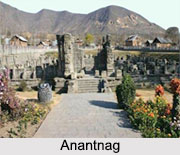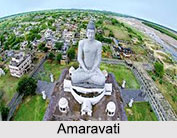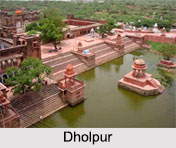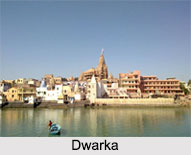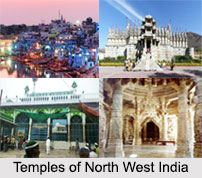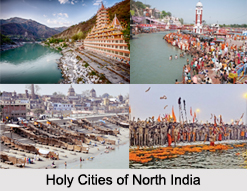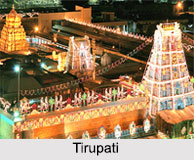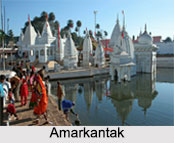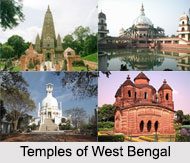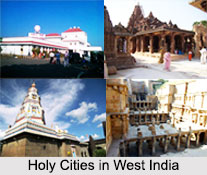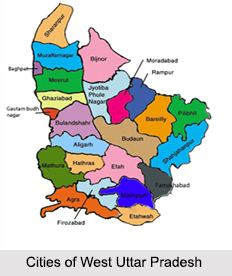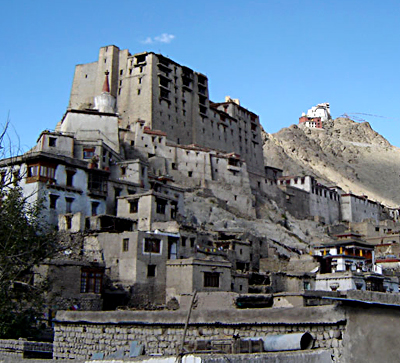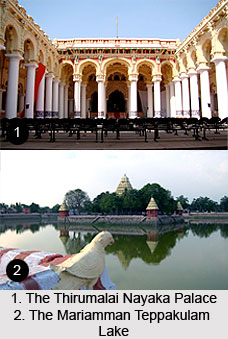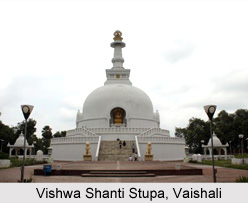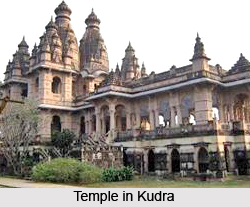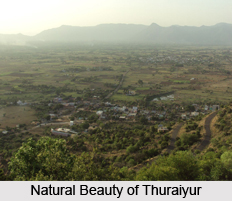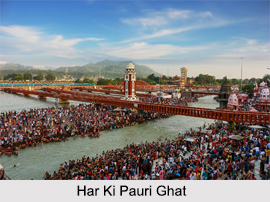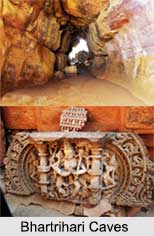 Bhartrihari caves are one of the ancient sites which are named after the famous sage Bhatrihari who resided and meditated in these caves. These caves are popular amongst tourists visiting Madhya Pradesh for its historical attraction. There are sculptures on the walls of the cave which defines many ancient things.
Bhartrihari caves are one of the ancient sites which are named after the famous sage Bhatrihari who resided and meditated in these caves. These caves are popular amongst tourists visiting Madhya Pradesh for its historical attraction. There are sculptures on the walls of the cave which defines many ancient things.
Location of Bhartrihari Caves
Bhartrihari caves are located at the bank of River Shipra near the sacred Gadkalika temple of Ujjain. These caves are located in Ujjain.
Legends of Bhartrihari Caves
According to the legends, king Bhatrihari, the step brother of King Vikramaditya came and resided in these caves and meditated. Though born in a royal family with noble background, he decided to renounce all luxuries of life and live a life of ascetic and spend the rest of his life in meditation. As such he chose these caves to meditate which was later on named as Bhratrihari caves after him. The local legends claim that Sage Bhratrihari decided to give up his social life because of his wife who was very dear to him. His wife on a contrary bestowed her love for another noble and decided to deceive her husband. In despair, King Bhatrihari decided to give up the life of richness and luxury and decided to follow an ascetic`s life for rest of his life.
Sage Bhatrihari has been one of the well known scholars of India who is popularly known for a number of legendary verses and poetry. He is included among the great scholars of India who mastered in the use of Sanskrit language. Dating back to 5th century, this great scholar is known for his two most influential writings called "Vakyapadiya" which is on Sanskrit grammar and linguistic philosophy. Along with this he is also known for the famous works like "Shringarshatak", "Vairagyashatak" and "Nitishatak".
Attractions of Bhartrihari Caves
Bhatrihari caves also include a small temple placed inside the cave which is dedicated to the idol of "Nath" community. This place is visited by a number of devotees who pay homage to the great poet – prophet Bhrartrihari. This place is equally revered by the "nath sadhus" or the religious "Shamans" who surround the area with big tents and organize large sacrificial fire. The ancient site of "Pir Mastrendra" highlights the religious significance of the area.
Thus, the Bhatrihari caves and temple is one of the well visited sites in Ujjain which is often crowded with devotees who visit the area from far off places.
